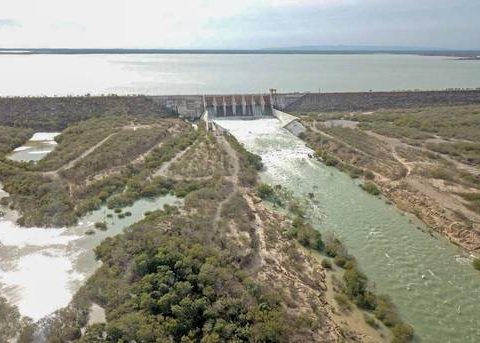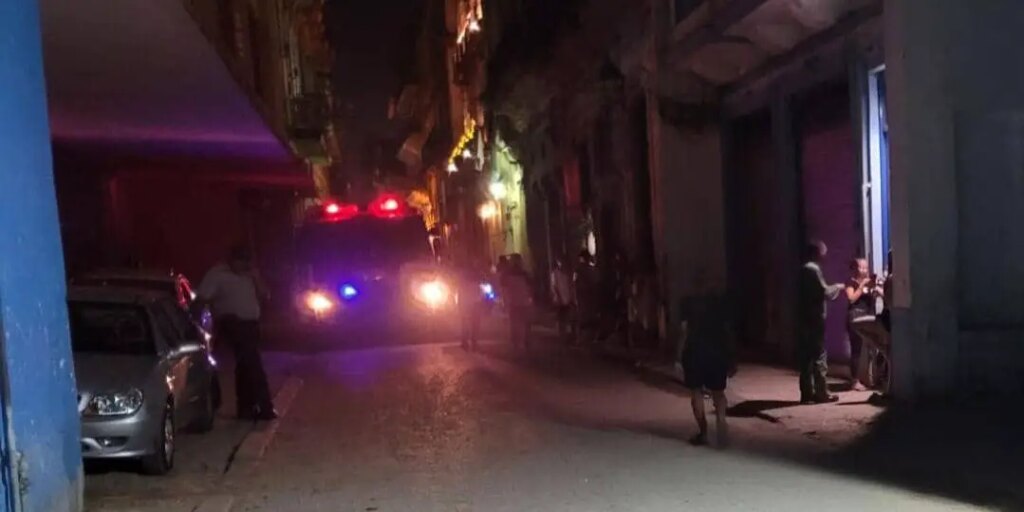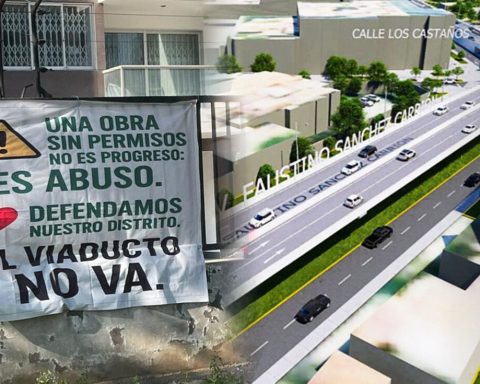“In a way, criminal groups seem doomed to splinter after reaching a certain size, evidenced by the fall of once very powerful cartels like Los Zetas. However, the small groups that have arisen as a result of such divisions lack clear power structures, are more likely to ally with each other, and disintegrate much faster, making them more difficult to track, ”refers to his analysis. .
For some groups, the secsions do not affect them enough to put their structure at risk. According to a document from the Ministry of National Defense (Sedena) obtained through hacking carried out by the Guacamaya group, the Pacific Cartel.
“After these splits, the Pacífico Cartel has preserved its structure even despite the effects derived from the arrest of some of its relevant members, the execution of some others due to the struggles it maintains and internal differences or between cells that have been presented, without this representing to date a risk of rupture or its fading of hegemony”
In addition to the fragmentation of organizations, there is another phenomenon that coexists in Mexico: macro-organizations.
The Sinaloa Cartel and the Jalisco Nueva Generación Cartel are proof of this. These are organizations that are dominant in illegal activity, but that tend to form alliances with other local groups that allow them to advance their hegemony.
“There is a dual phenomenon. On the one hand, a concentration process is taking place, they are identified as criminal macro-organizations such as the Jalisco and Sinaloa organizations, which have a national projection and market niches. However, in parallel there is also a fragmentation, dispersion and proliferation of small groups that work at the local level”, says Carlos Rodríguez.















